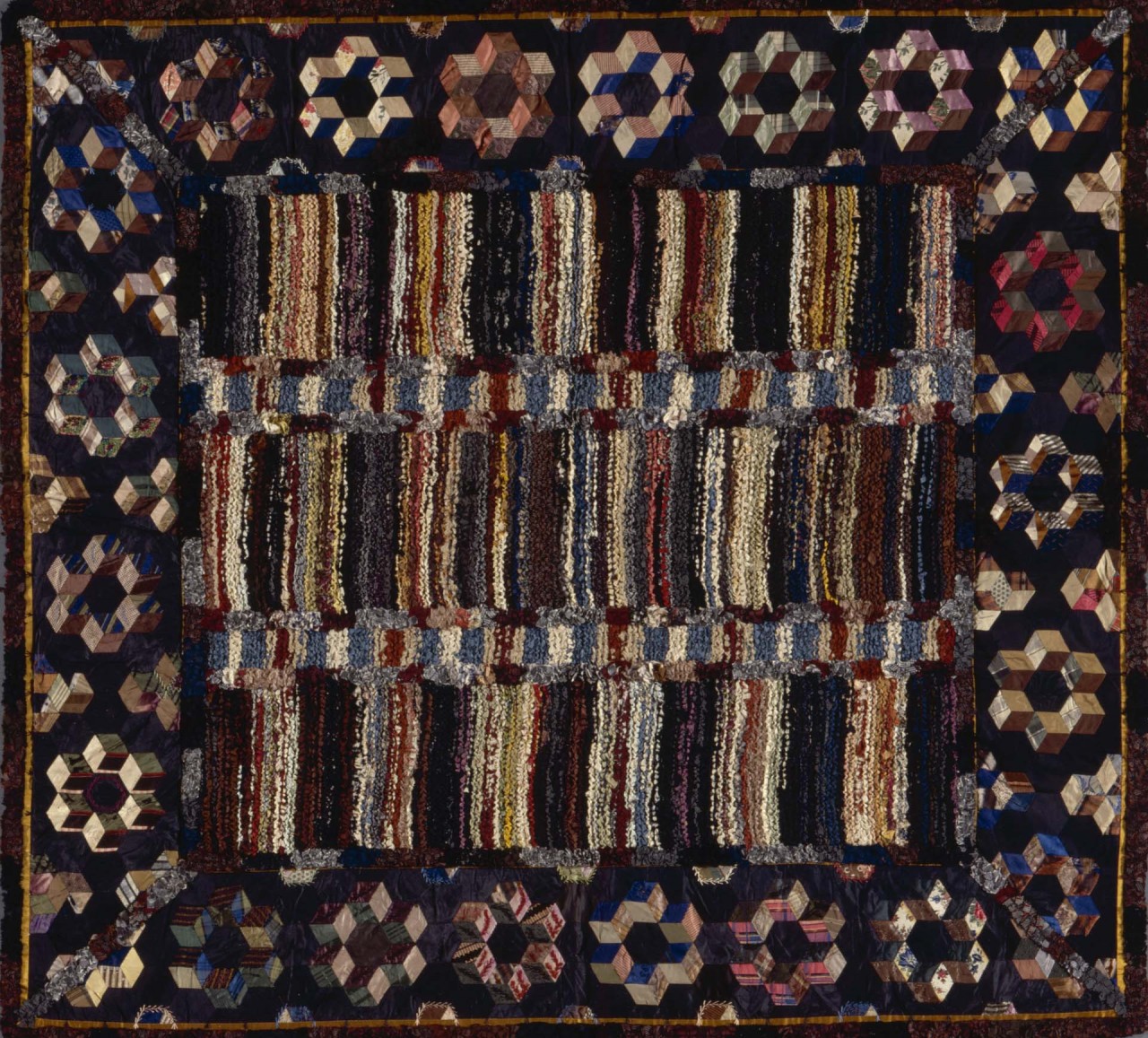
As I’ve been continuing my exploration of quilts that fit a Philly style of chintz quilts, I would be remiss if I wasn’t also noting some anomalies. (If you missed the earlier two blogs on the style, or just want to look at glorious chintz quilts again, here is the link to the first one. Here is the link to the second article.) It strikes me that there are several chintz quilts from New Jersey that fit the style and use the same fabric. Of course, Trenton New Jersey was about 30 miles away, so they could have gone shopping in Philly for the day. Or maybe relatives from PA participated in the quilt making. It might be better to define my regional style as PA/NJ. Also of note is the Southern Center Medallion Style chintz...





